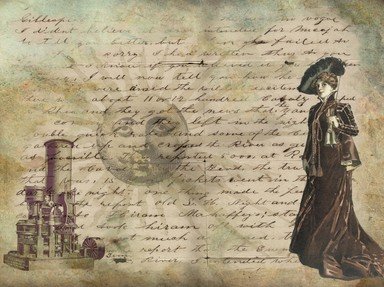Quiz Answer Key and Fun Facts
1. What 1925 novel by F. Scott Fitzgerald tells the story of a mysterious millionaire, his lavish lifestyle, and his romantic pursuits of Daisy Buchanan during the Jazz Age on Long Island?
It begins with the line, "In my younger and more vulnerable years my father gave me some advice that I've been turning over in my mind ever since."
2. What 1939 novel by John Steinbeck tells the story of the Joad family, tenant farmers who journey from Oklahoma to California during the Great Depression in search of work and a little dignity?
It's opening line is, "To the red country and part of the gray country of Oklahoma, the last rains came gently, and they did not cut the scarred earth."
3. What 1942 novel by Albert Camus begins with the chilling lines, "Mother died today. Or yesterday maybe, I don't know", and tells the story of a detached and emotionally indifferent man named Meursault who commits a random murder and struggles to find meaning in a world that seems to have no purpose?
4. What 1951 novel by J. D. Salinger tells the story of a disaffected teenager named Holden Caulfield who wanders around New York City after being expelled from prep school? Its first line introduces us to the character of Holden Caulfield:
"If you really want to hear about it, the first thing you'll probably want to know is where I was born, and what my lousy childhood was like, and how my parents were occupied and all before they had me, and all that David Copperfield kind of crap, but I don't feel like going into it, if you want to know the truth."
5. What 1954 novel by William Golding tells the story of a group of British schoolboys who find themselves stranded on a deserted island and gradually descend into savagery? The first line is, "The boy with fair hair lowered himself down the last few feet of rock and began to pick his way towards the lagoon."
6. What 1960 novel by Harper Lee is told by a young girl named Scout growing up in a racially divided Alabama town while her father defends a Black man accused of sexually assaulting a white woman? Scout begins her narration with, "When he was nearly thirteen, my brother Jem got his arm badly broken at the elbow."
7. What 1961 darkly humorous book by Joseph Heller tells the story of a World War II bombardier named Yossarian who tries to escape the insanity of war and military bureaucracy? It begins intriguingly with the lines, "It was love at first sight. The first time Yossarian saw the chaplain, he fell madly in love with him."
8. "They're out there" begins this 1962 novel by Ken Kesey. What classic tells the story of a rebellious man named Randle McMurphy who fakes insanity to get out of prison and ends up challenging the crushing authority of a mental hospital?
9. What 1982 novel by Alice Walker tells the story of Celie, a poor African American woman in the early 20th-century South who finds her voice after years of hardship and abuse? It begins, "You better not never tell nobody but God. It'd kill your mammy."
10. What 1987 novel by Toni Morrison tells the story of a formerly enslaved woman named Sethe who is haunted, both by the past and, more literally, by the ghost of her baby? It begins with a description of the haunting: "124 was spiteful. Full of a baby's venom. The women in the house knew it and so did the children."
Source: Author
JJHorner
This quiz was reviewed by FunTrivia editor
looney_tunes before going online.
Any errors found in FunTrivia content are routinely corrected through our feedback system.
